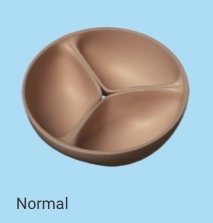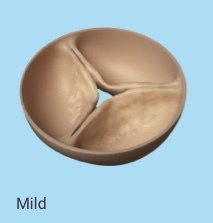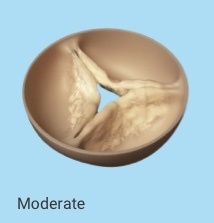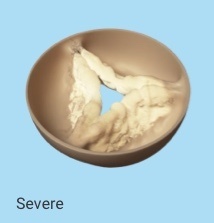Understanding the deadliest
type of heart valve disease
Up to 50% of people with severe aortic stenosis may die within 2 years after symptoms begin if left untreated.
Aortic stenosis (AS) is one of the most common types of heart valve disease, affecting millions in the US alone. It’s especially common in people 65 and older and affects 1 in 8 people over 75. So, what exactly happens with AS?
AS is the hardening of the aortic valve over time, causing the valve to tighten. This narrowing of the valve makes it harder for the heart to pump blood to the rest of the body. AS can vary in severity and gets worse over time. Don’t wait to talk to your doctor and understand your risk.





Are you or a loved one at risk of heart valve disease?
Answer a few simple questions and get a personalized discussion guide to go over with your doctor.
Your heart is in your hands.
Take control of aortic stenosis today
Up to 50% of people with severe symptomatic aortic stenosis may die within just 2 years of first showing symptoms if left untreated.
There’s no way to prevent aortic stenosis (AS), but you can stay on top of it with routine echocardiograms and different treatment options. Together, you and your doctor will discuss the best treatment option for you. It’s important you receive treatment as soon as possible since AS gets worse over time.
Transcatheter procedure
If you’ve been diagnosed with severe AS, your doctor may recommend a transcatheter procedure. It’s a less invasive way to repair or replace your valve using a small tube, typically inserted in your leg, instead of an incision across your chest.
Open heart surgery
Your doctor may recommend open heart surgery, which requires an incision to get to your valve and replace it. The incision is usually the full length of your chest, but sometimes it can be smaller. Once the incision is made, your old valve is removed and a replacement is surgically inserted.
Medical management
If you’ve been diagnosed with mild or moderate AS, your doctor may suggest monitoring your condition with regular follow-ups. Make sure to let your doctor know if your symptoms get worse or change and remember to get an echocardiogram regularly since AS gets worse over time.

